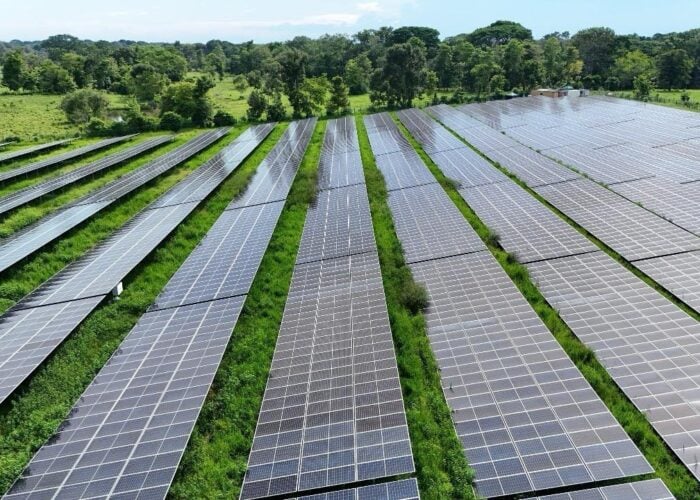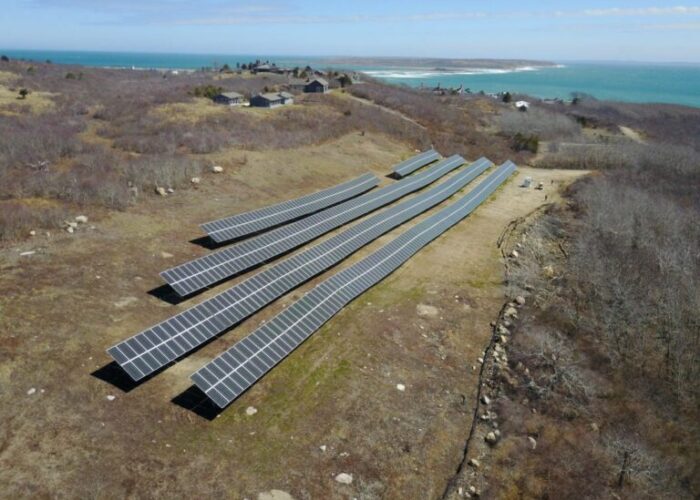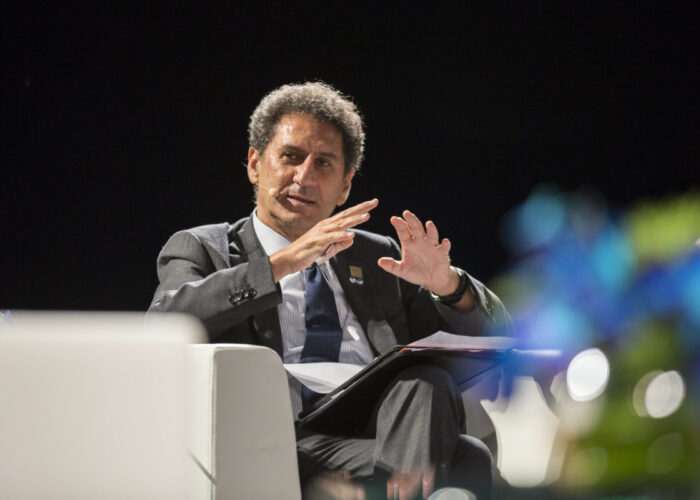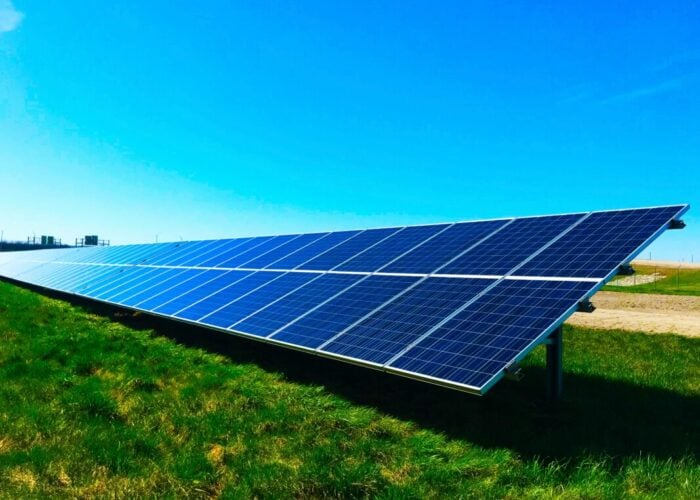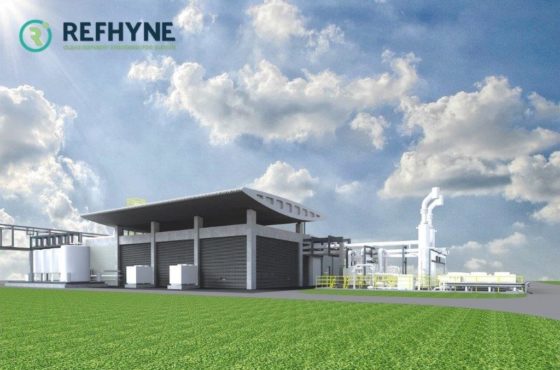
Production of green hydrogen using renewable power for electrolysis could be cost competitive with incumbent methods by 2030, analysis by research firm IHS Markit has concluded.
The analysis, compiled by IHS’ Hydrogen and Renewable Gas Forum, found that the cost of producing so-called green hydrogen had fallen by 50% since 2015, and stand to drop by another 30% by 2025 as the scale of projects increases alongside more standardised manufacturing processes.
Try Premium for just $1
- Full premium access for the first month at only $1
- Converts to an annual rate after 30 days unless cancelled
- Cancel anytime during the trial period
Premium Benefits
- Expert industry analysis and interviews
- Digital access to PV Tech Power journal
- Exclusive event discounts
Or get the full Premium subscription right away
Or continue reading this article for free
Economies of scale has been highlighted as a particularly critical area for cost reduction. By 2023, the average size for power-to-x projects – the kind of which green hydrogen will fall under – is expected to reach 100MW, a ten-fold increase on the average capacity of projects today.
There will be further synergies as investment flows into the sub-sector too. IHS anticipates investment in power-to-x projects to soar from US$30 million last year to more than US$700 million by 2023, with a host of household names and energy heavyweights eyeing up the space.
BP has backed a green hydrogen pilot project in Australia, while Saudi Arabia’s renewables major ACWA Power is a partner in a major project which aims to develop a multi-gigawatt renewable hydrogen facility in the Middle East.
Economies of scale to reduce cost, the development of dedicated renewables facilities to increase load factors of electrolysers and continued cost reductions for renewables will all play their part, Simon Blakey, senior advisor for global gas at IHS Markit, said.
Green hydrogen has emerged as a particularly hot topic for the renewables sector in 2020, not least of all in Europe where it forms a central cog in the European Union’s post-coronavirus recovery plan. Last week the EU unveiled its green hydrogen strategy with the intent of establishing a roadmap towards cost competitiveness for the industry.
That strategy, published last week, states that for green hydrogen to become cost competitive by the 2030s, at least 40GW of renewable hydrogen electrolysers would need to be installed before then, requiring a renewable power supply of up to 120GW.
Catherine Robinson, executive director for European power, hydrogen and renewable gas at IHS Markit, said it was now widely agreed that electrification alone cannot deliver the level of emissions reduction needed in Europe.
“Hydrogen is a highly versatile fuel—both in terms of how it can be transported and the variety of its potential end-use applications. The greater the degree of a decarbonisation, the greater the likely role of hydrogen in the energy future,” she said.


